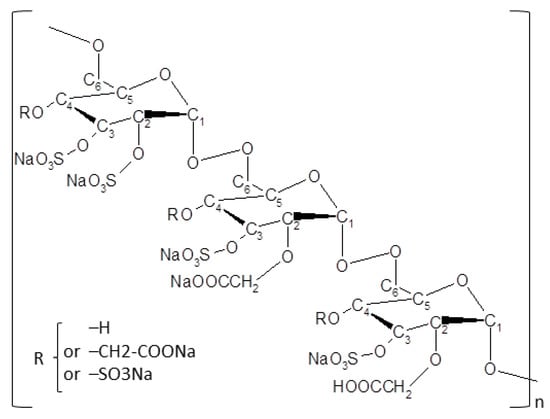
Superficial corneal ulcers that fail to heal within a normal time period and are refractory to conventional therapy in dogs are common in veterinary practice. Different etiologies can lead to this result, including spontaneous chronic corneal epithelial defects (SCCEDs) and ulcerative keratitis associated with bullous keratopathy. Thus, there is an urgent need to find new therapeutic approaches such as matrix therapy replacement. To determine the efficacy of a new ophthalmic treatment (Clerapliq®) for SCCEDs and ulcerative keratitis associated with bullous keratopathy, a total of 11 dogs referred to the clinic because of nonhealing erosive ulcers after a classic primary treatment were enrolled to get this new treatment. Dogs underwent ophthalmic exams and 7 dogs (10 eyes) were diagnosed with superficial ulceration and 4 dogs (5 eyes) with bullous keratopathy due to endothelial dystrophy/degeneration. They received eye drops of Clerapliq® every 3 days until recovery. The results showed that the corneas with recurrences of the ulcers were resolved predominantly by using Clerapliq® every 3 days in 83.3% of the cases during a period of treatment ranging between 6 to 35 days. Therefore, this new approach using matrix therapy regenerating technology in treating superficial ulcers and bullous keratopathy in dogs can be successfully considered as an adjunctive therapy. View Full-Text
This is an open access article distributed under the Creative Commons Attribution License which permits unrestricted use, distribution, and reproduction in any medium, provided the original work is properly cited

